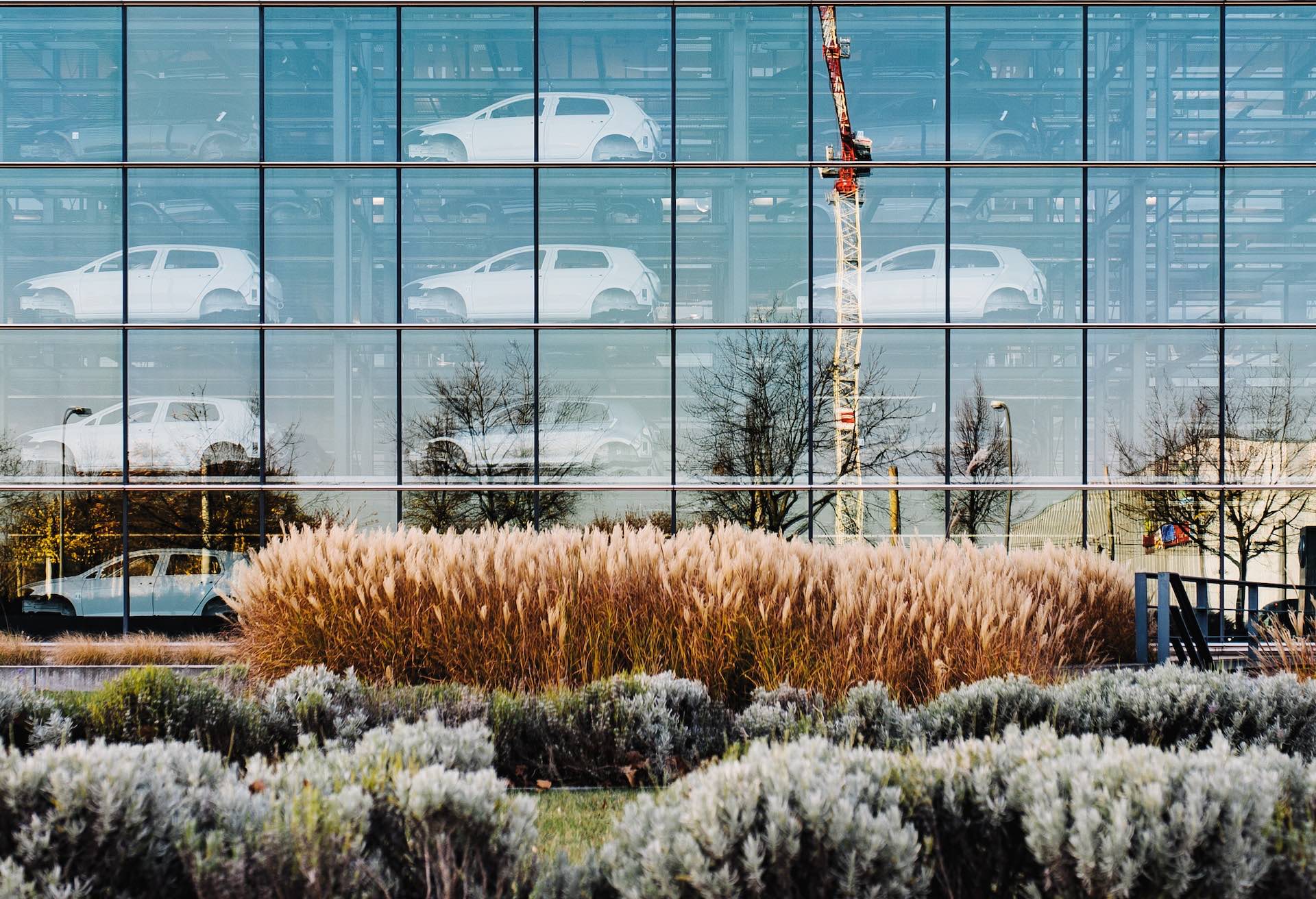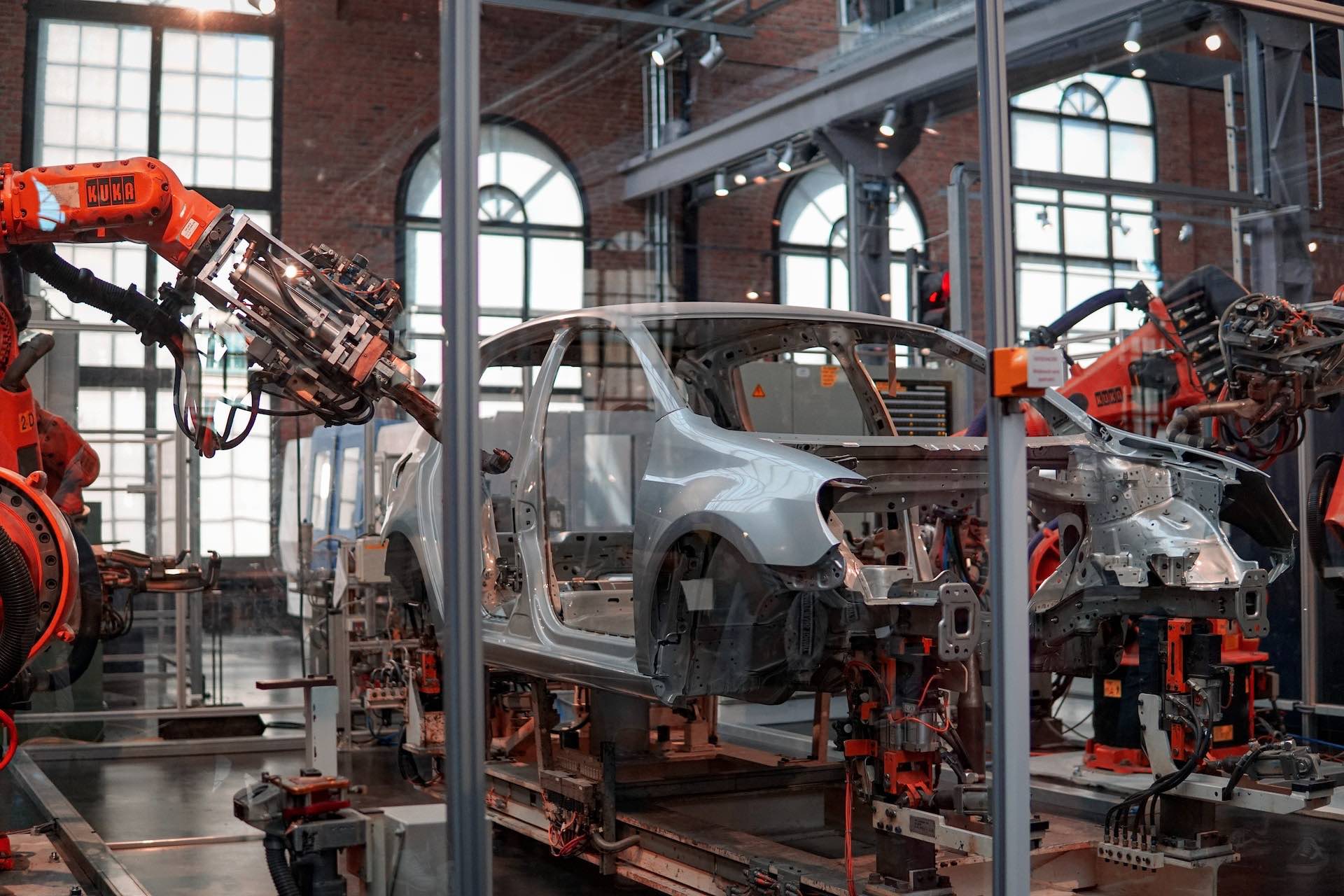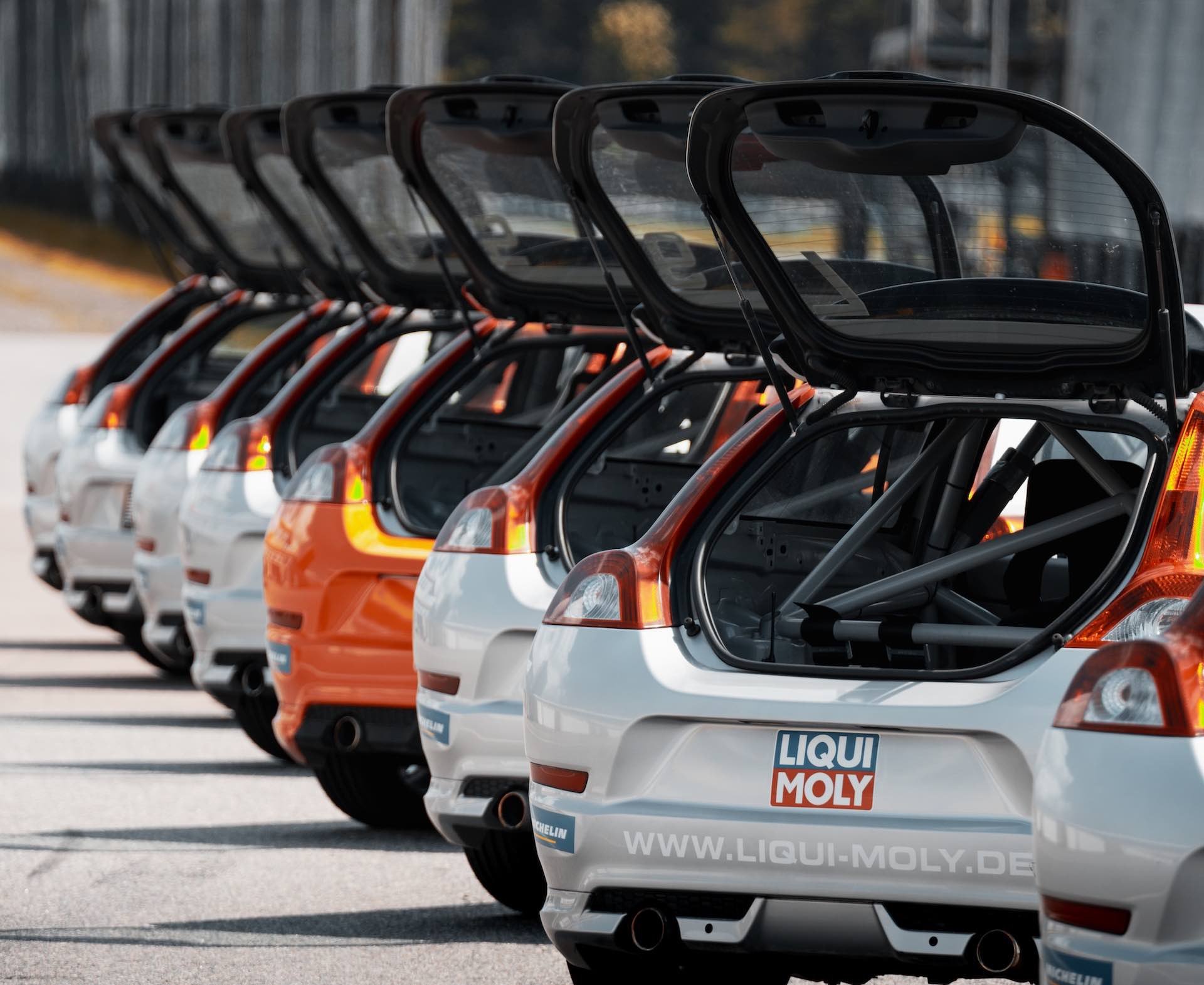
Automobile transportation from factories to dealerships around the United States is a sophisticated dance that is orchestrated with accuracy and effectiveness. This method has several stages, each of which has certain requirements and difficulties. A car starts its voyage as soon as it leaves the manufacturing line, traveling thousands of miles through a variety of environments and climates.
Rail is essential to this operation because it offers a dependable and effective way to move lots of cars. In order to guarantee the safe and secure transportation of autos, railroads like Union Pacific have created specific tools and procedures. The rail carriages used to transport cars, known as autoracks, are technical marvels that can stack three high to carry up to 18 cars at once.

A unique piece of rail equipment called an autorack is an engineering wonder. These rail cars can stack three high and accommodate up to 18 vehicles at once. They are enclosed to shield the cars from the weather and any harm while they are being transported. The autorack’s design has changed over time, and more recent iterations have movable decks and end doors for simpler loading and unloading.
The design and operation of autoracks place a high priority on safety and security. Wheel chocks and straps are used to secure the cars to stop them from moving while being transported. In order to consistently enhance the way automobiles are delivered, the automotive industry collaborates closely with the Association of American Railroads (AAR), which offers rules and tools for safe securement.
Loading is the first step in a vehicle’s trip from the factory to the showroom. The autorack is sealed after vehicles have been driven onto it and fastened. After being loaded, the autorack is fastened to a train and prepared to travel.
The railway goes through a variety of environments and climatic situations. When the train reaches its destination, the autorack is uncoupled, and the cars are then discharged. They are then readied for the last part of their voyage, which is frequently made by truck, to the dealership.

AAR and the automobile sector work closely together to ensure the safe and efficient transportation of autos by rail. This collaboration guarantees that automobiles are transported effectively and securely while adhering to all standards and specifications.
It is crucial to speak with the railroad before exporting any goods. This guarantees that the product is loaded, secured, and complies with AAR standards. This consultation procedure is an essential step in making sure that automobiles are transported effectively and safely.

Ship A Car, Inc. is the top car shipping broker when it comes to delivering vehicles from the dealership to your home. The distribution process demands efficient coordination between producers and dealerships. Autoracks, in particular, serve a crucial role in the safe and effective movement of several automobiles by rail transportation. This complex car distribution choreography emphasizes the value of an accurate and dependable logistics network. Count on Ship A Car, Inc. to handle all aspects of your automobile transportation requirements with the highest expertise and care.
- How are cars moved from manufacturing facilities to dealerships? A multi-stage, intricate method is used to deliver vehicles from manufacturing to dealerships. The first step in this operation is loading the car into an autorack, a special rail car made specifically to transport cars. The autorack is subsequently carried to its destination by being fastened to a railway. The automobiles are typically unloaded by truck when they arrive and prepped for the last leg of their journey to the dealership.
- How does an autorack operate and what is it? A specialized piece of rail equipment called an autorack is made to transport cars. When stacked three high, these rail cars can transport up to 18 automobiles at once. They are enclosed to shield the cars from the weather and any harm while they are being transported. Wheel chocks and straps are used to secure vehicles to stop them from moving while being transported.




